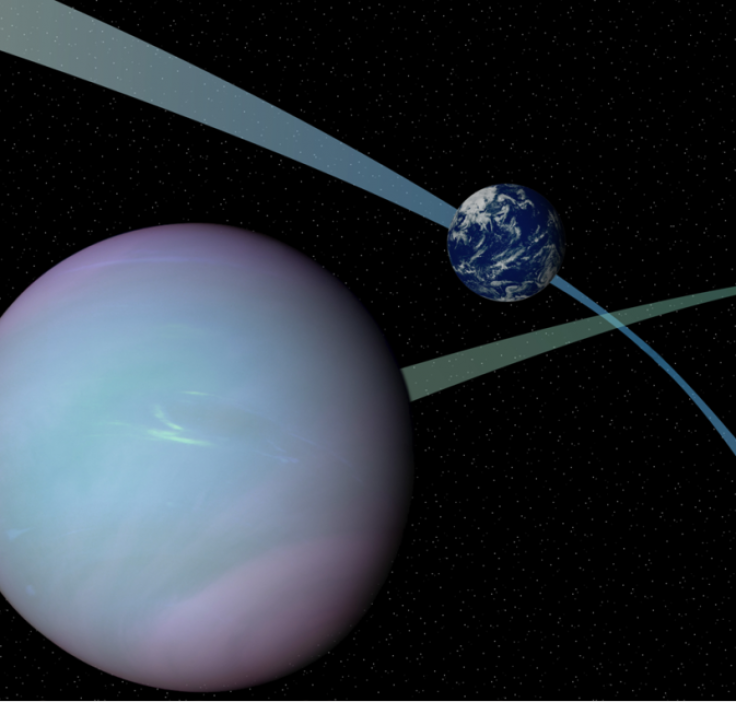Planets With Odd Tilting Habit Could Be Surprisingly Habitable: Study

Spinning planets that lean one way and then alter their orientation within a short geological time span could be surprisingly habitable, according to a new model developed by scientists at NASA.
The scientists said that the climate effects generated on these wobbling planets could prevent them from turning into glacier-covered ice boxes, even if the planets are located far from their stars. And, if liquid water can stay long enough on the surface, these planets could provide favorable conditions for life.
“Planets like these are far enough from their stars that it would be easy to write them off as frozen, and poor targets for exploration, but in fact, they might be well-suited to supporting life,” Shawn Domagal-Goldman of NASA said, in a statement. “This could expand our idea of what a habitable planet looks like and where habitable planets might be found.”
The scientists, working on the new model, examine planets that have the same mass as Earth, orbit a sun-like star and have one or two gas giants orbiting nearby. In some cases, gravitational pulls from these gas giants could switch the direction of the planet’s axis of rotation within tens to hundreds of thousands of years, which is considered as merely a blink of an eye in geological terms.
According to scientists, they have spotted an arrangement of planets in orbit around the star Upsilon Andromedae, where the planets experience such a “see-sawing action.” Scientists said that they have identified orbits of two enormous planets that were found to be inclined at an angle of 30 degrees relative to each other.
Compared to the solar system, the newly discovered planetary arrangement looks extreme compared to the orbits of Earth and its seven neighboring planets, which differ by 7 degrees at most, scientists said in the study, published in the April 2014 issue of Astrobiology.
Citing Earth’s history, the scientists said that the amount of sunlight received by glaciers strongly affects how much they grow and melt. Extreme wobbling, like the one explained in the study, could cause the planet’s poles to point directly at the sun from time to time, melting the glaciers. As a result, some planets could be able to preserve liquid water on the surface, despite being located nearly twice as far from their stars as Earth is from the sun.
“In those cases, the habitable zone could be extended much farther from the star than we normally expect,” John Armstrong of Weber State University in Ogden, Utah, and the study’s lead author, said in the statement. “Rather than working against habitability, the rapid changes in the orientation of the planet could turn out be a real boon sometimes.”
© Copyright IBTimes 2024. All rights reserved.












